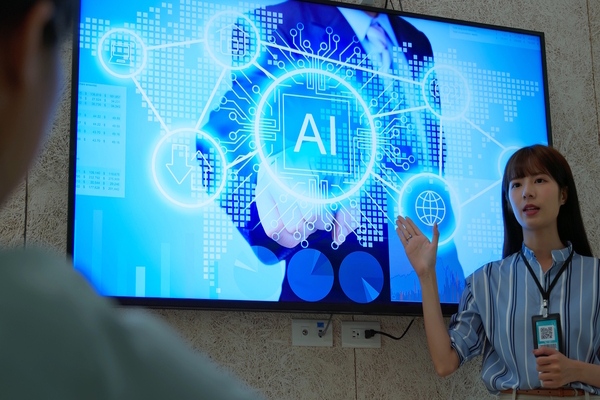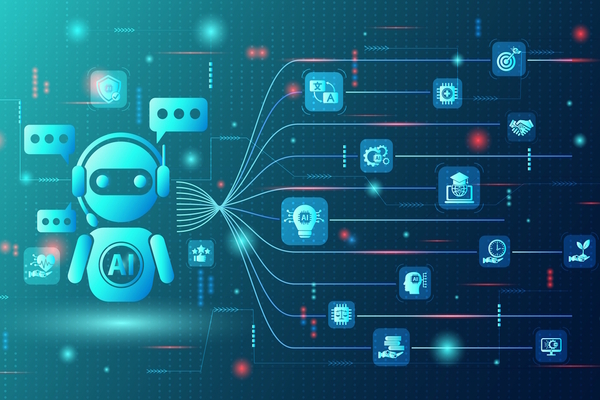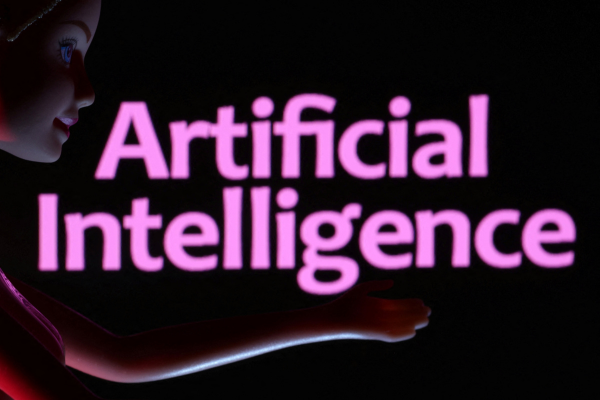A natural ally in the fight against plastic pollution
Sponsored by Biologiq
The war on plastics pollution isn’t lost yet: meet EBT, the Embedded Bioremediation Triggers
The contamination of our planet, particularly our oceans, has become a global catastrophe. More than 11 million metric tons of plastics are released into the ocean every year, injuring marine life, polluting beaches and contaminating our food supply. That is projected to increase to more than 29 million metric tons annually by 2040¹; the Ellen MacArthur Foundation predicts that, by 2050, if something isn’t done to stem this tide of pollution there could be more plastic by weight than fish in the ocean.²
For years the industry has referred to this phenomenon as plastic “leakage.” But calling more than 11 million tons “leakage” is a gross understatement and, even worse, a misrepresentation of a global problem. It’s a full-on flood, and this flood is rapidly eroding our ecological foundation both on the land and in the water. But where do we begin to address the problem?
The answer isn’t to exclude plastic from our lives. Plastic has myriad benefits that we’ve grown to appreciate and depend upon. For example, it’s an inexpensive material for packaging, so it helps keep items such as food fresh, so it lasts longer, can be distributed more broadly, and we waste less; it’s sterile and durable, which is a boon for medical devices and electronic goods among other things. Then there are plastic bags of all types, as well as gloves, straws, wearables and apparel… and the list goes on. Moreover, once we’re done with it, plastic can be turned into something new via mechanical or chemical recycling. At the very least, plastic waste could be landfilled separately, creating in effect a “carbon sink”³, and saved as a resource for future generations when we learn how to better harvest it. So why is the problem so immense and growing?
To begin with, we’ve become experts at innovating ways to produce and use plastic to the point that we’ve become entirely dependent on it. And the most prominent addiction we have is to single-use plastics. For example, over one million plastic bottles are purchased every minute, and approximately 500 billion single-use plastic bags are used worldwide every year – each of these bags is estimated to have a working life of only about 15 minutes.⁴ Of all the plastics produced, more than half are designed to be single-use only, which means, of course, that once used they are then immediately thrown away.
So, while plastic use and production continues to grow exponentially, we’re faced with an even more critical issue, in that we simply don’t have the infrastructure to capture and process all of the plastic once we’re finished with it. Statistics show only about 9 per cent of plastic has been recycled, 12 per cent has been burned, and the remaining 79 per cent has ended up in landfills or the environment.⁵ It is estimated that two billion people live without waste collection and three billion without controlled waste disposal,⁶ which makes tremendous amounts of plastic reaching the environment unavoidable. Moreover, basic infrastructure is a multi-trillion-dollar problem unlikely to be addressed in the coming decades.
According to Breaking the Plastic Wave⁷, a report by The Pew Charitable Trusts, “There is no single solution to end ocean plastic pollution. Upstream and downstream solutions should be deployed together.” But even if significant action is taken, more than five million tons of plastic are still expected to flood our oceans every single year, with most of it coming from just ten rivers.⁸
To make things worse, plastics persist, accumulating year by year in a compounded tragedy with daunting consequences.


Business Reporter Team
Most Viewed
Winston House, 3rd Floor, Units 306-309, 2-4 Dollis Park, London, N3 1HF
23-29 Hendon Lane, London, N3 1RT
020 8349 4363
© 2025, Lyonsdown Limited. Business Reporter® is a registered trademark of Lyonsdown Ltd. VAT registration number: 830519543





